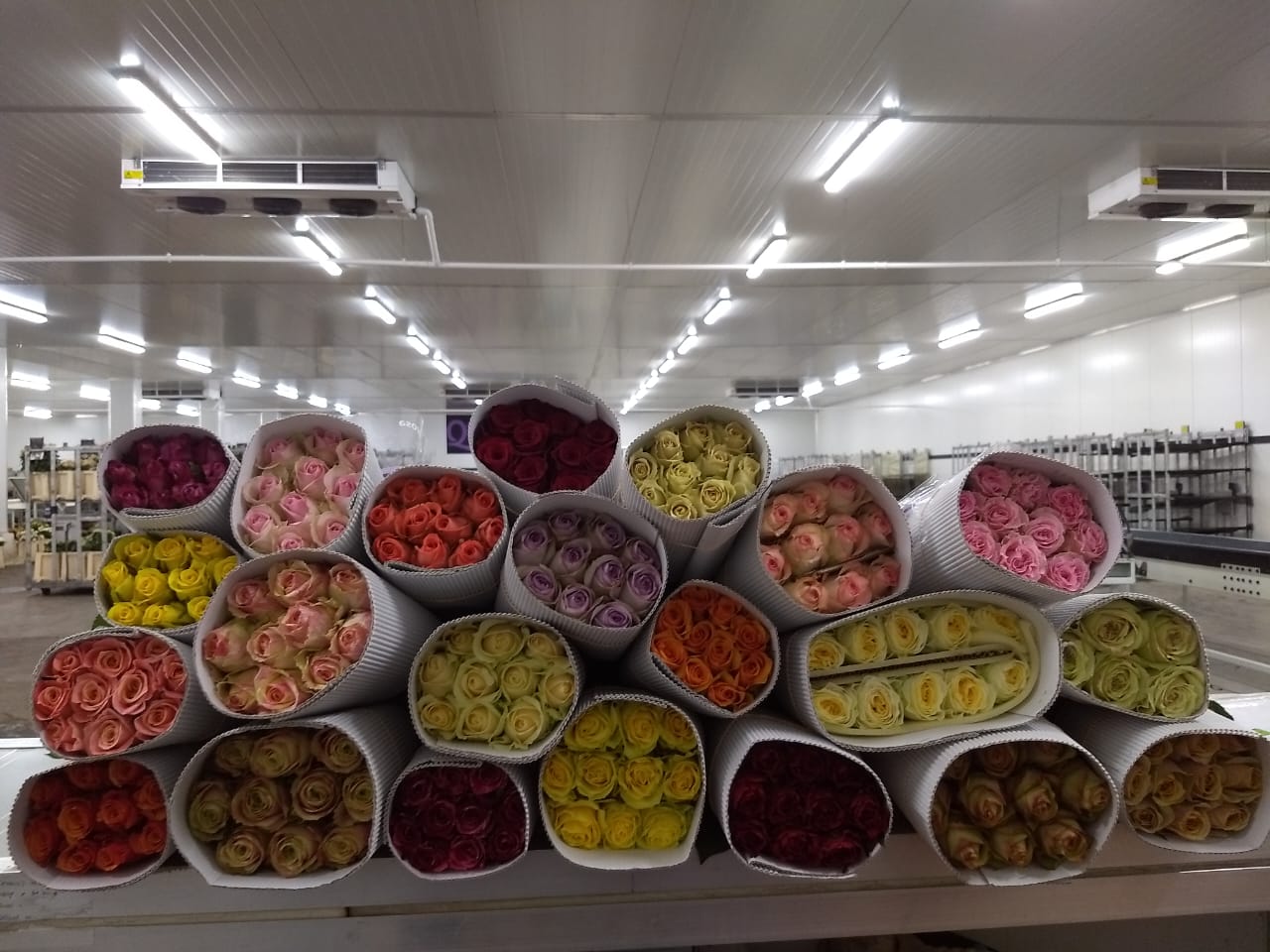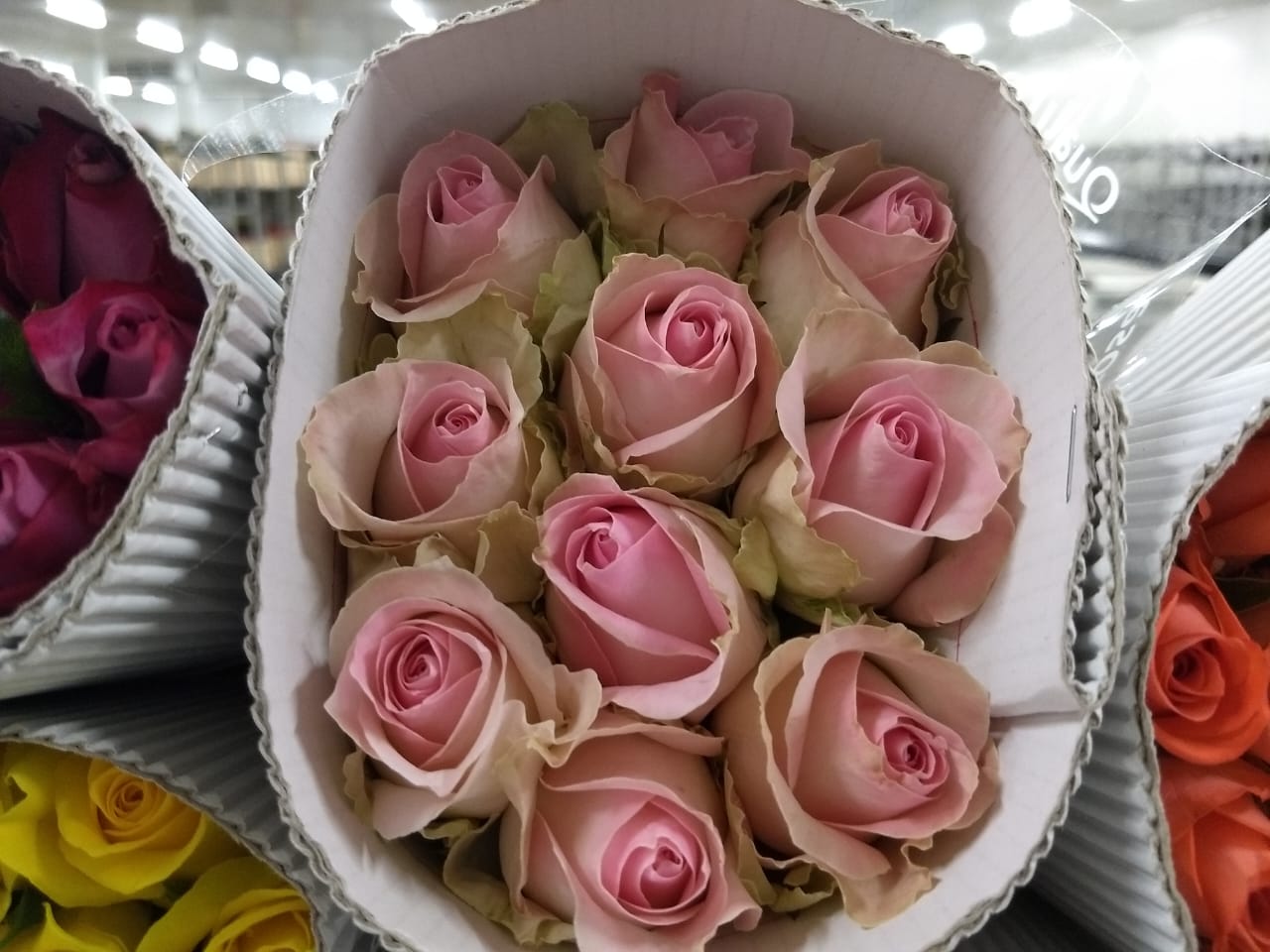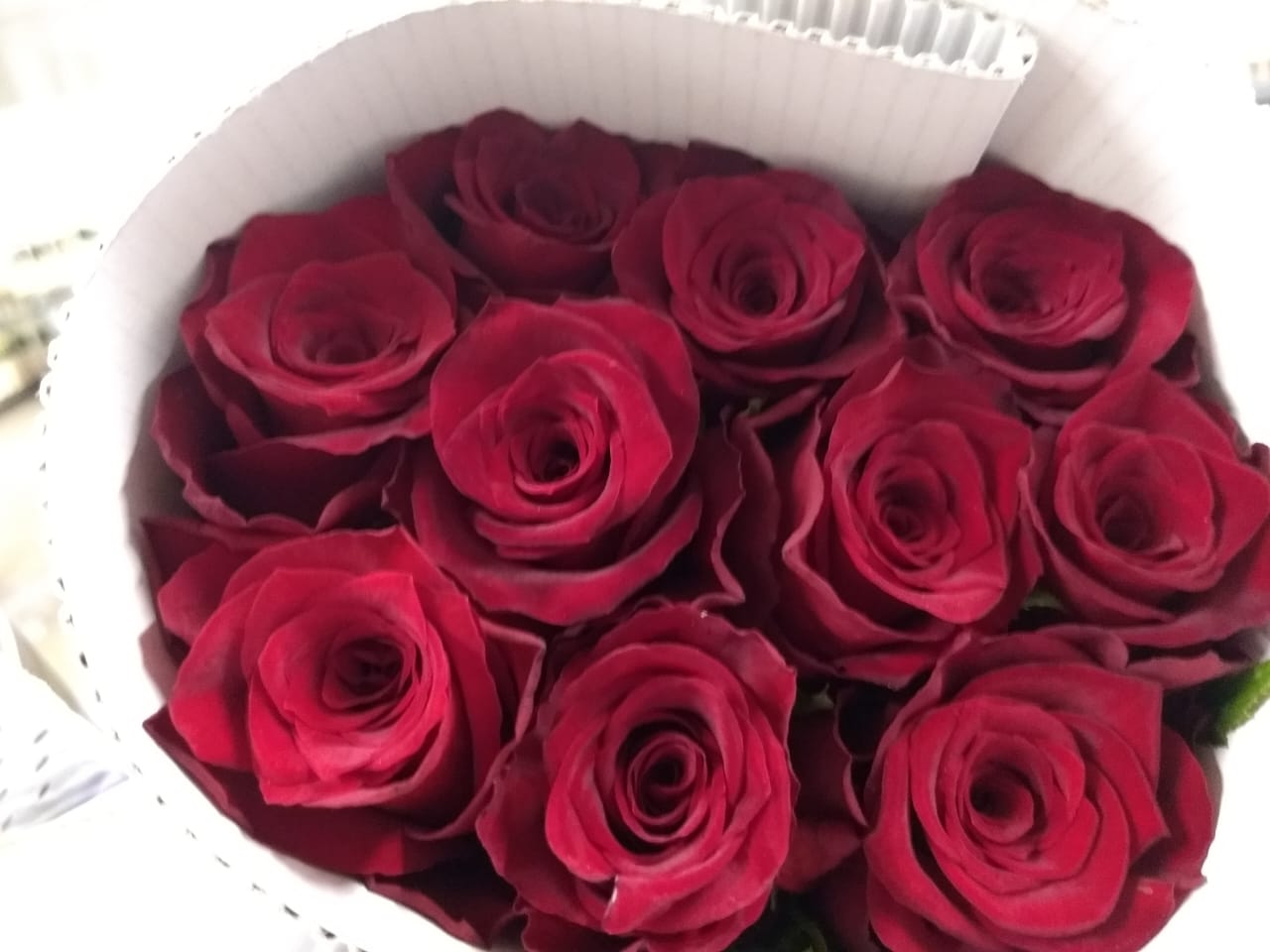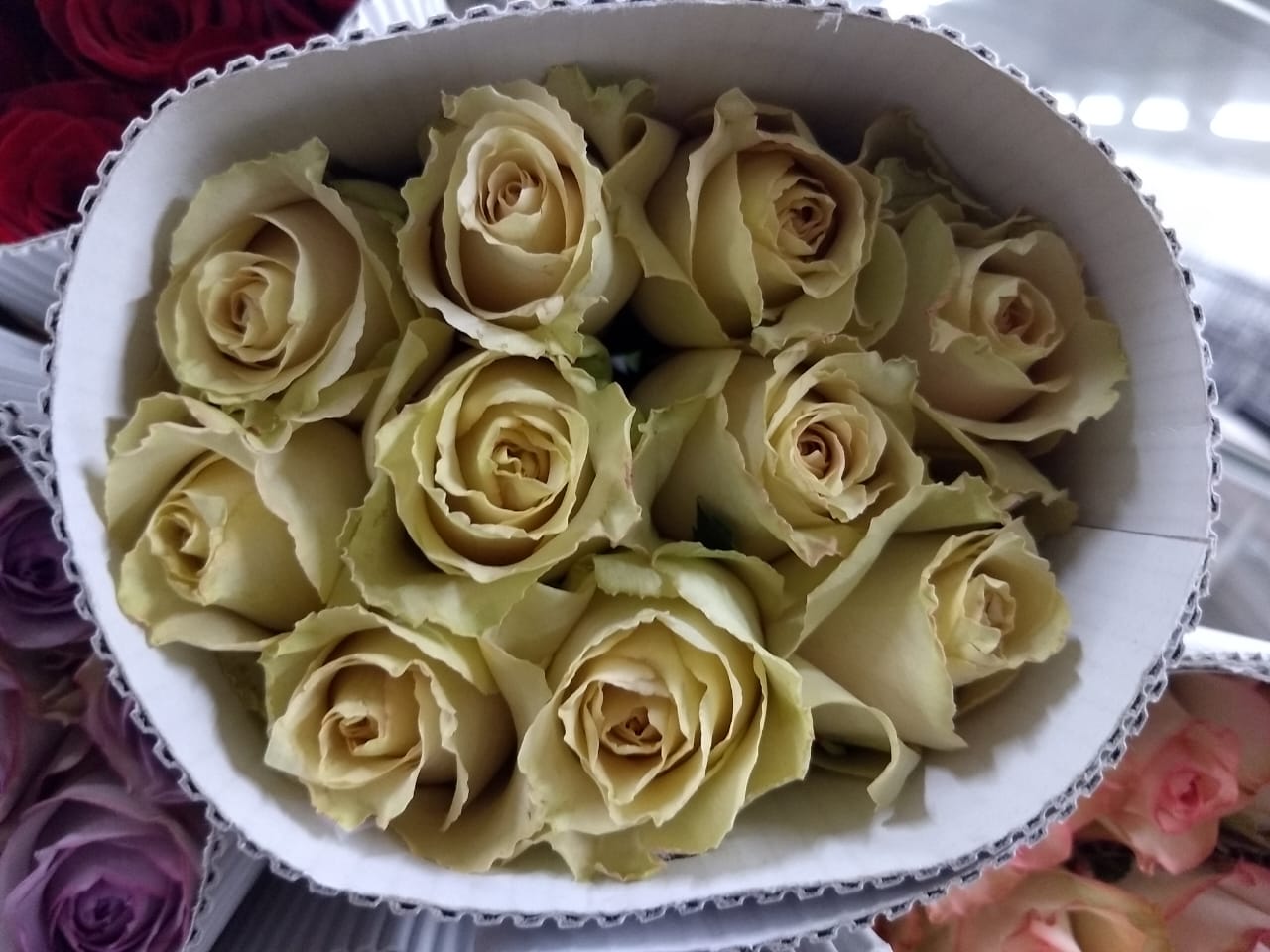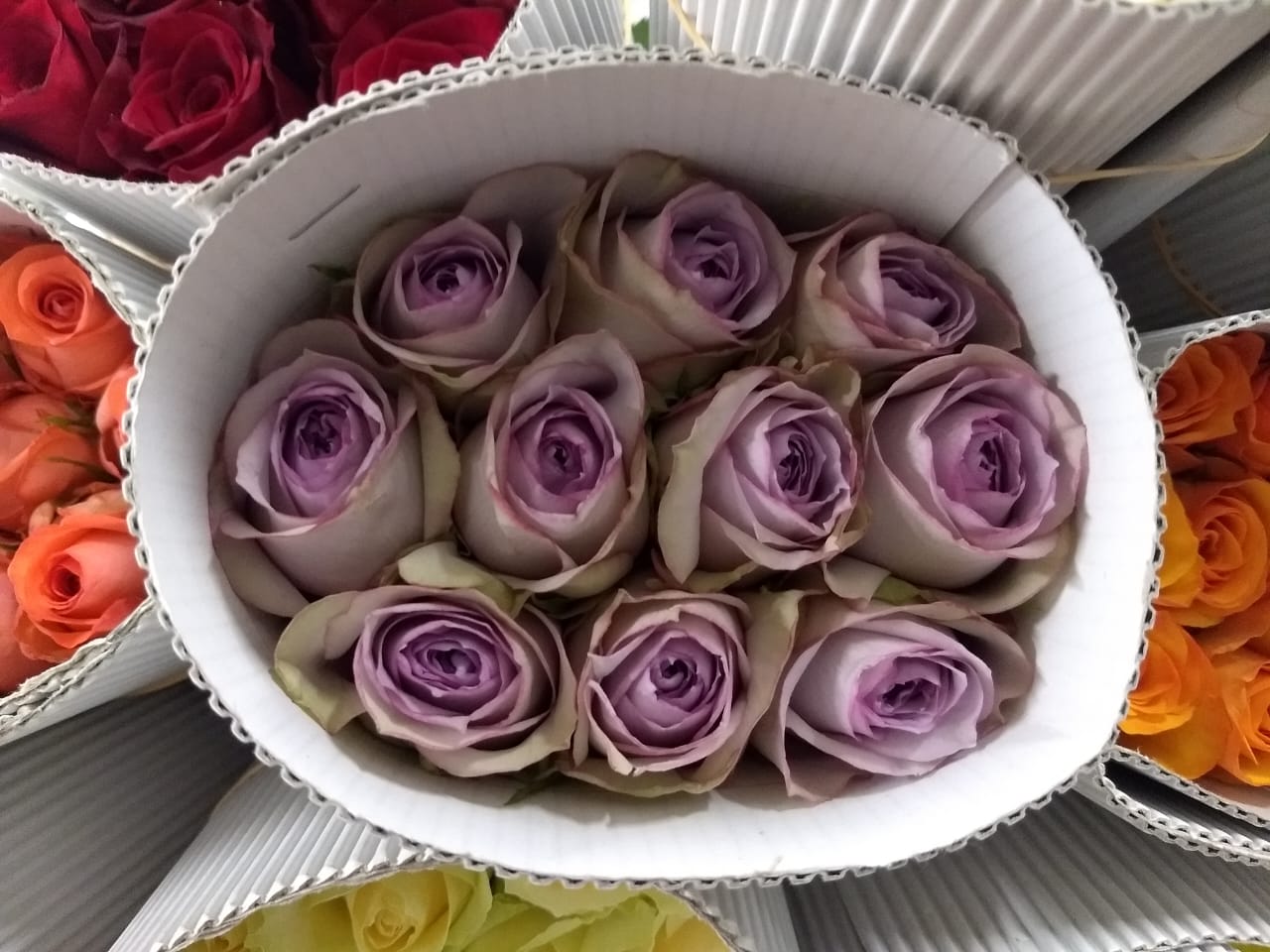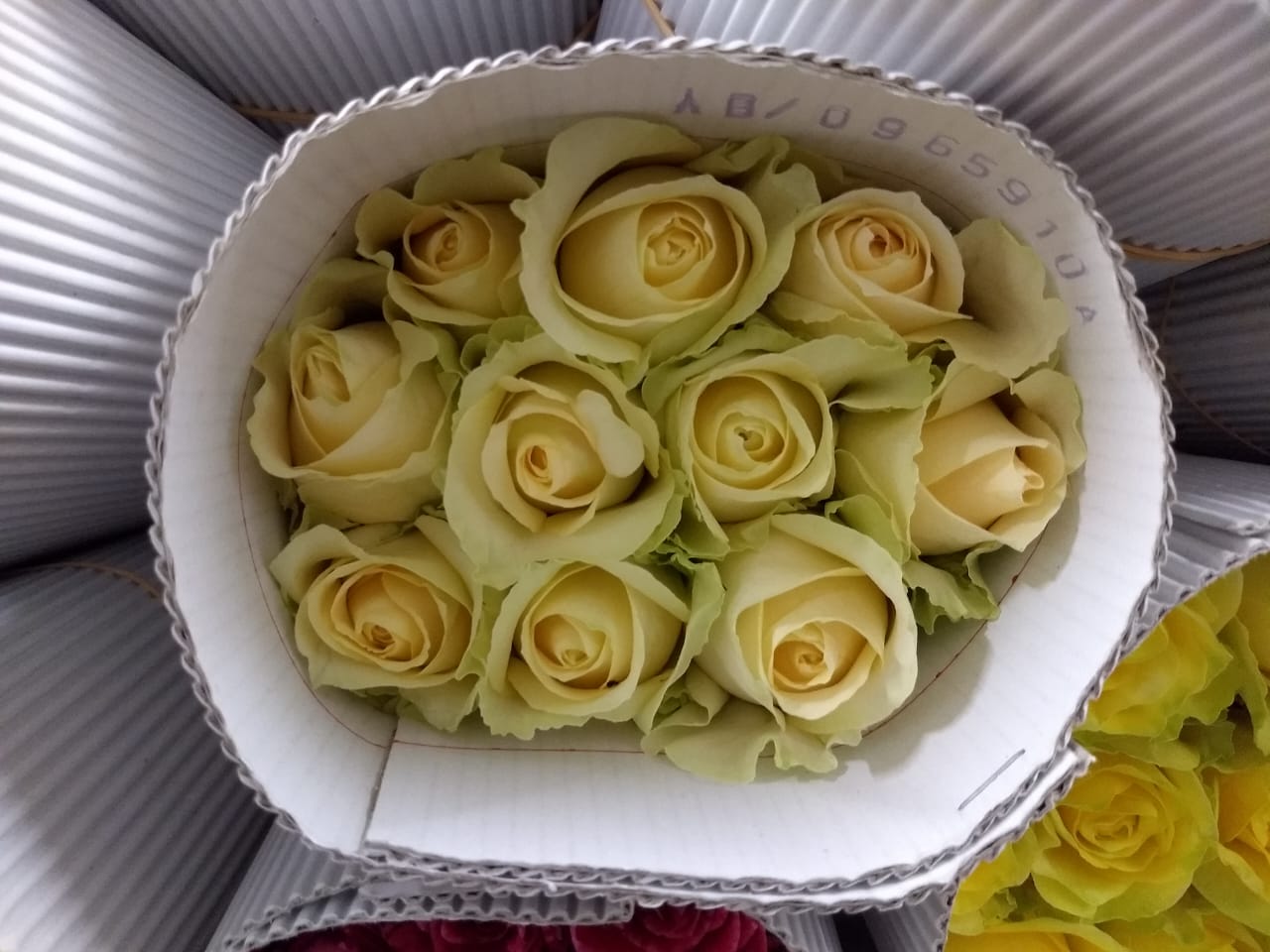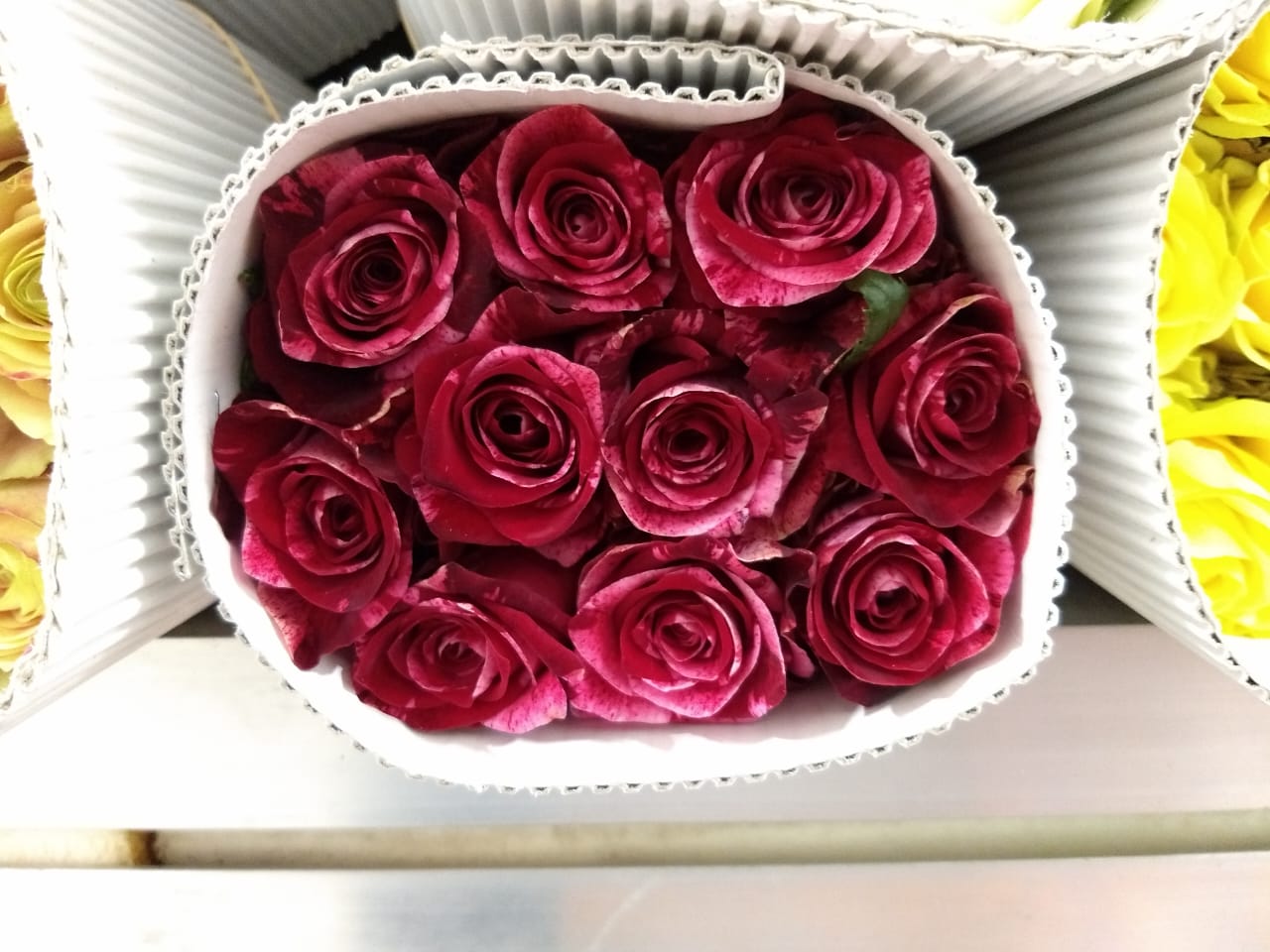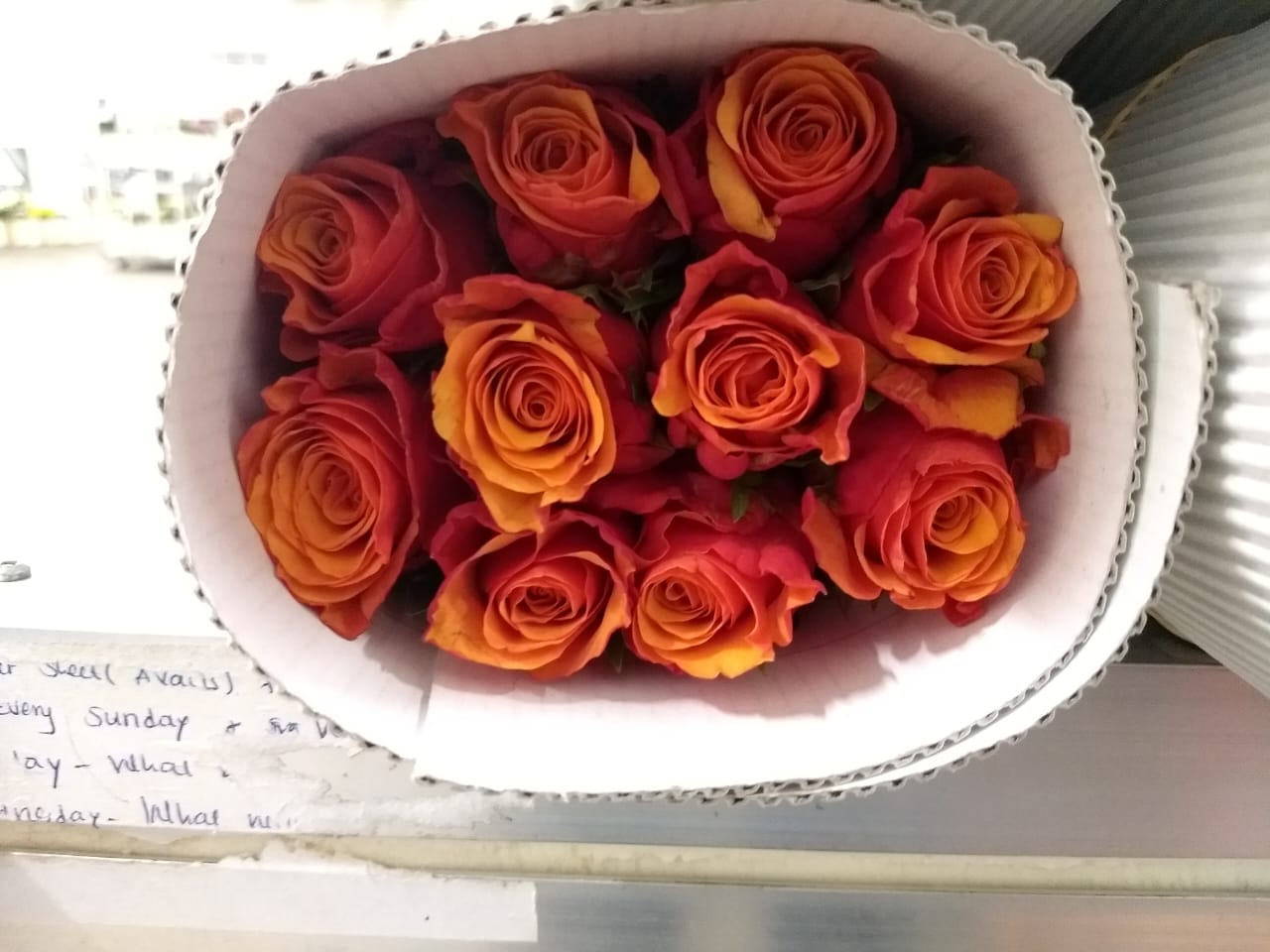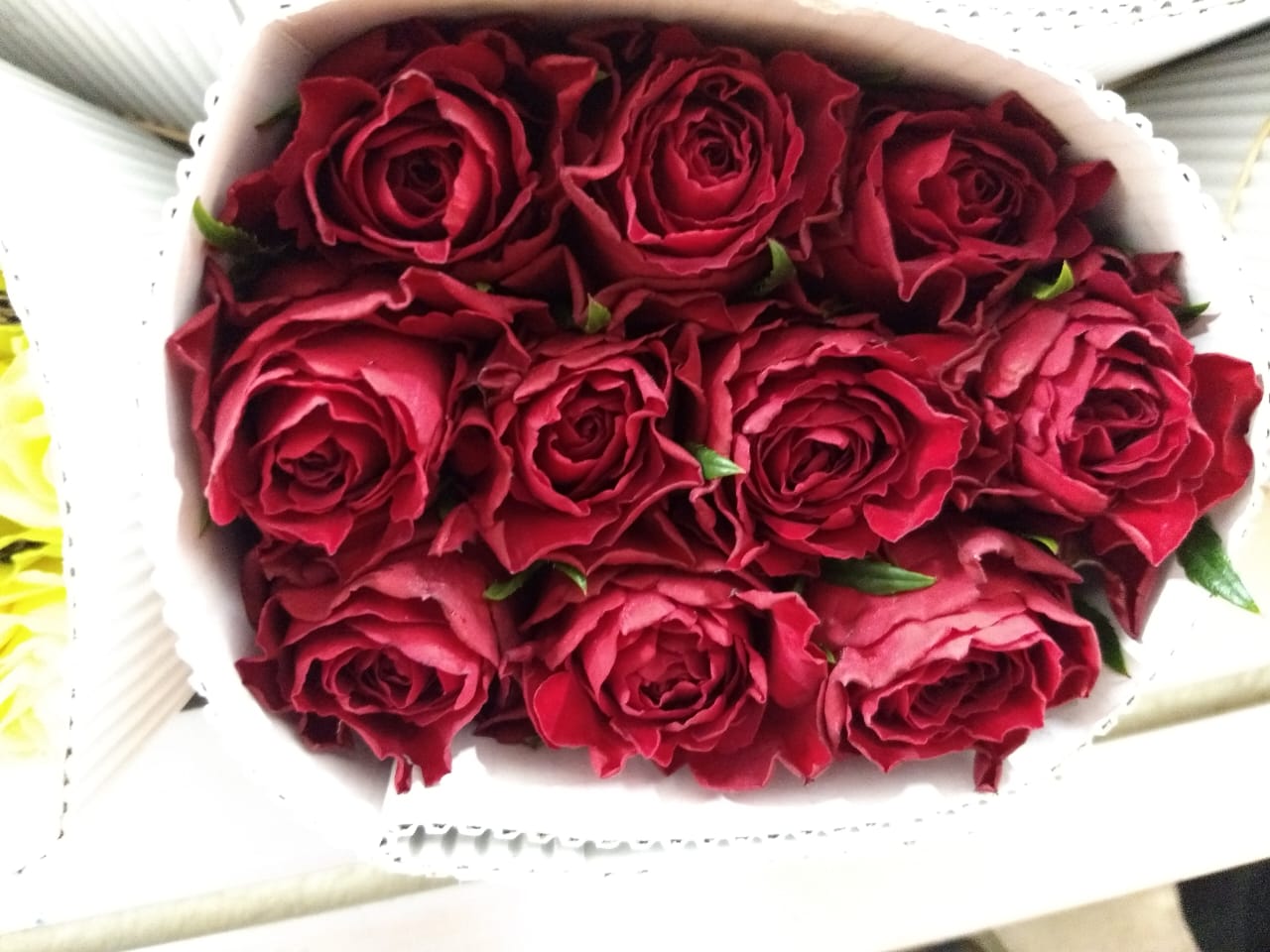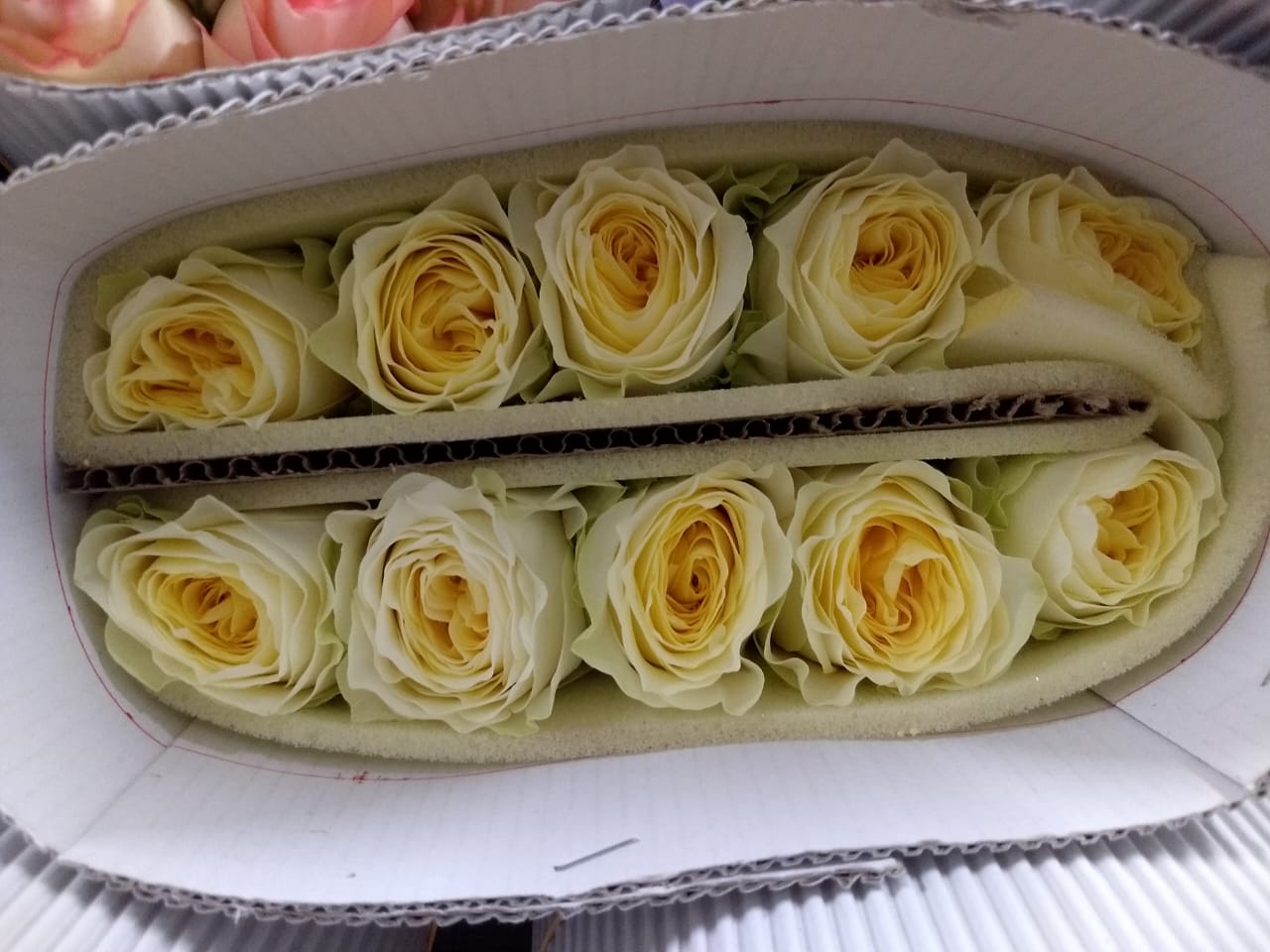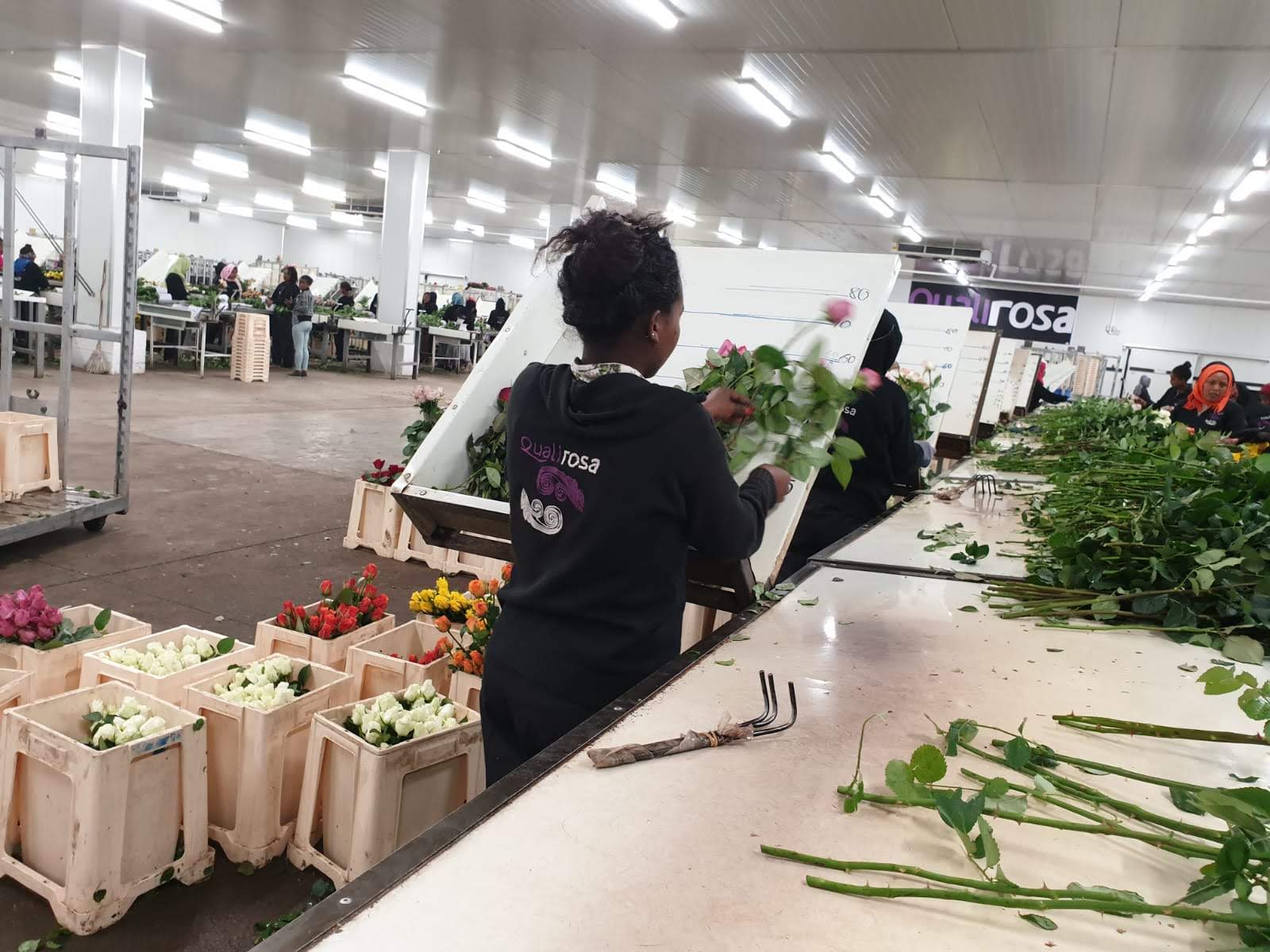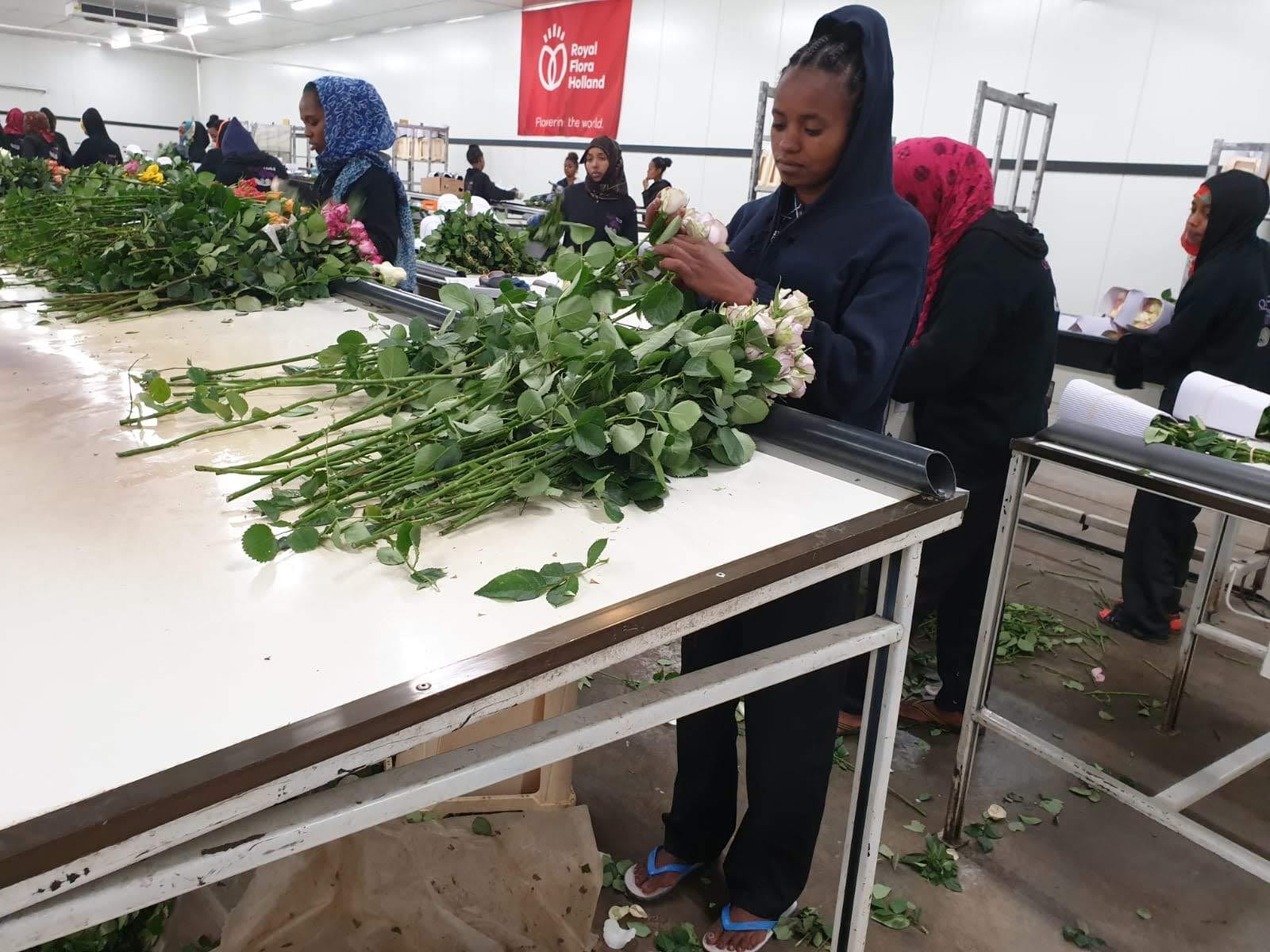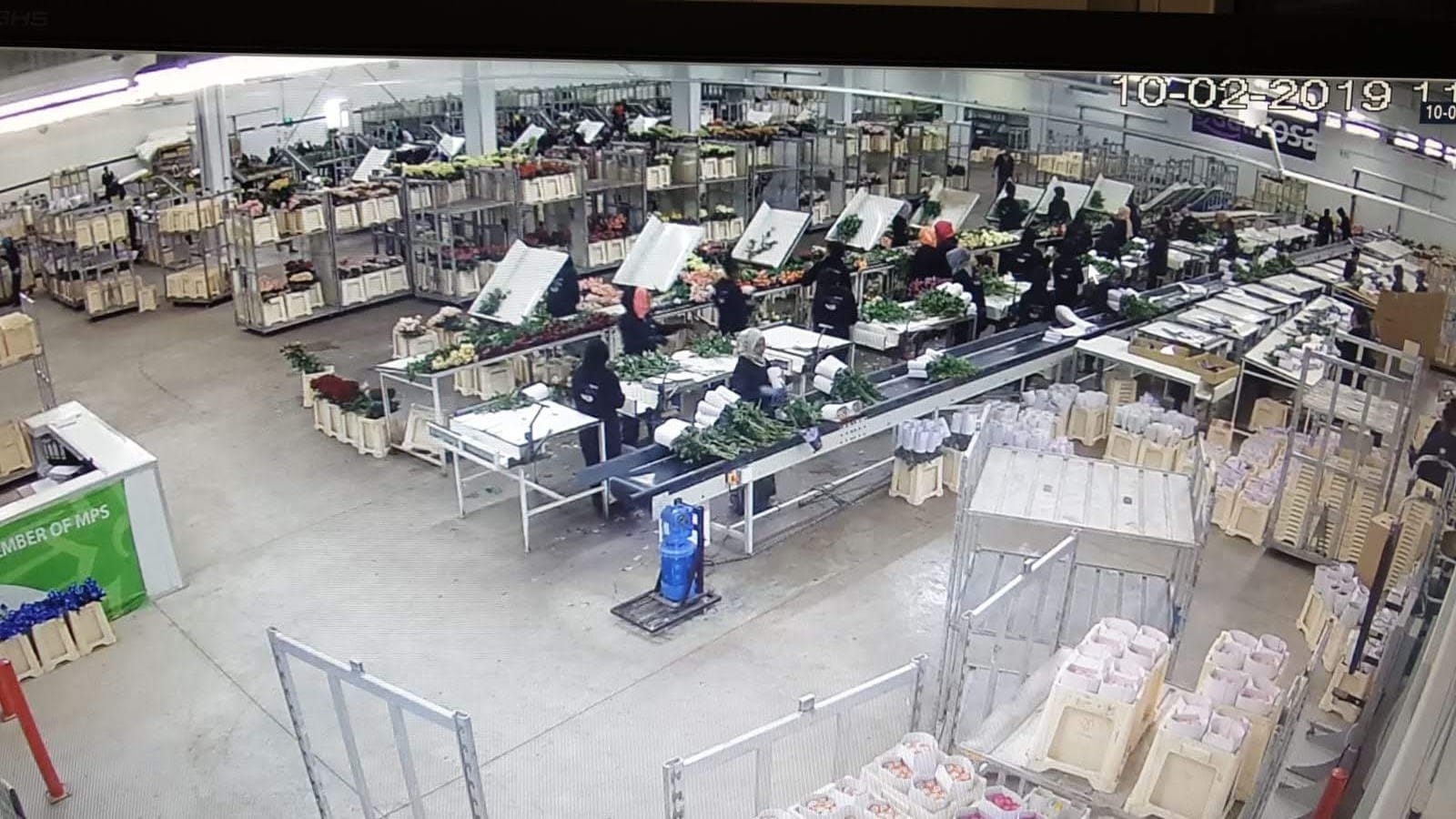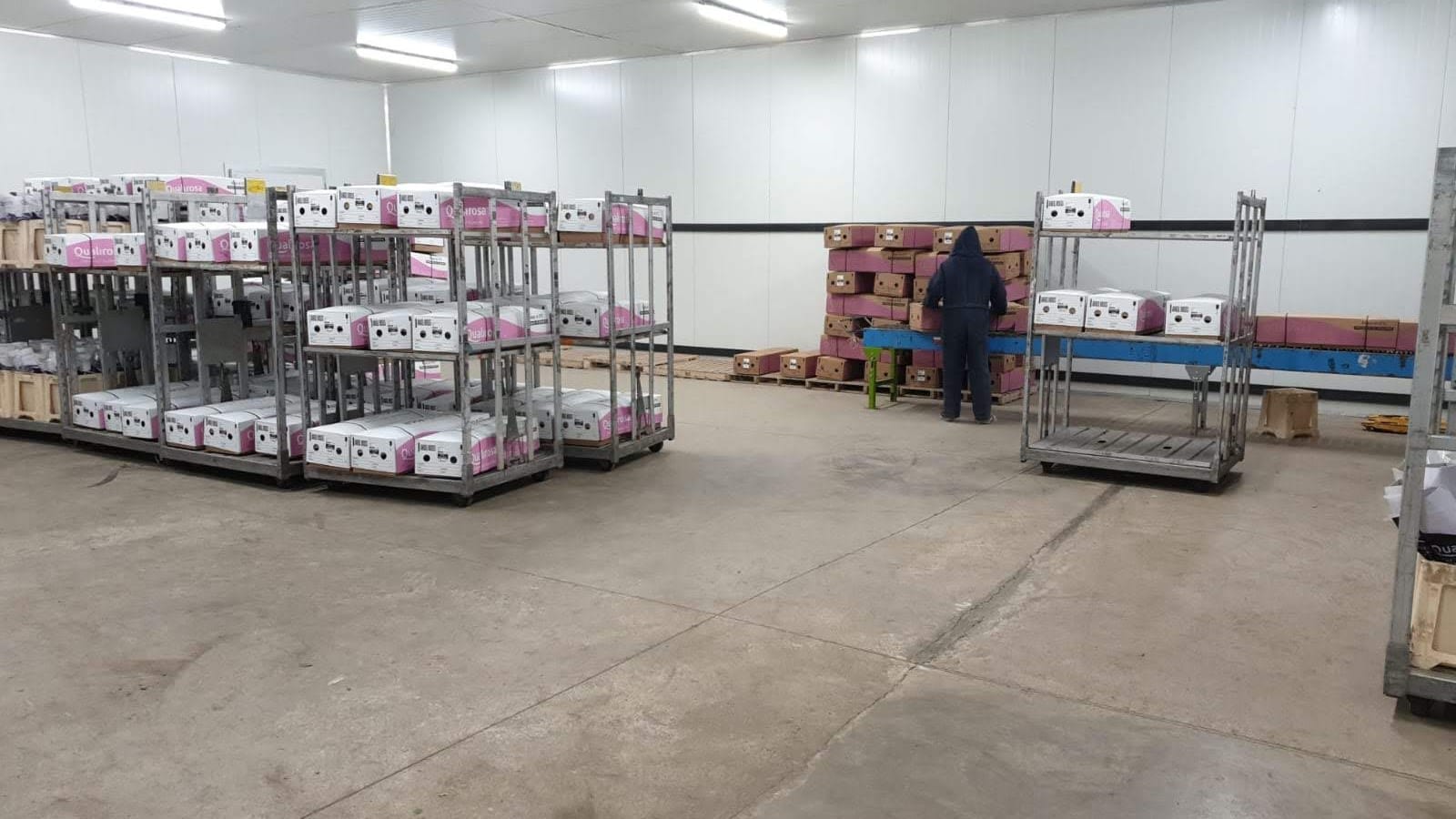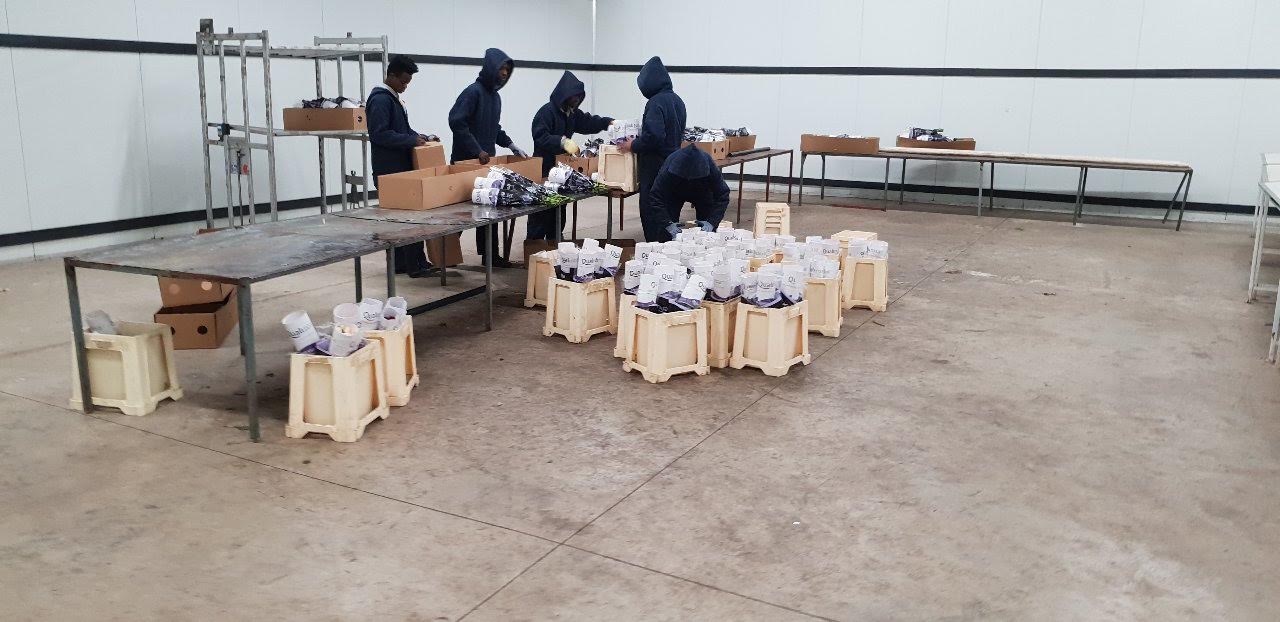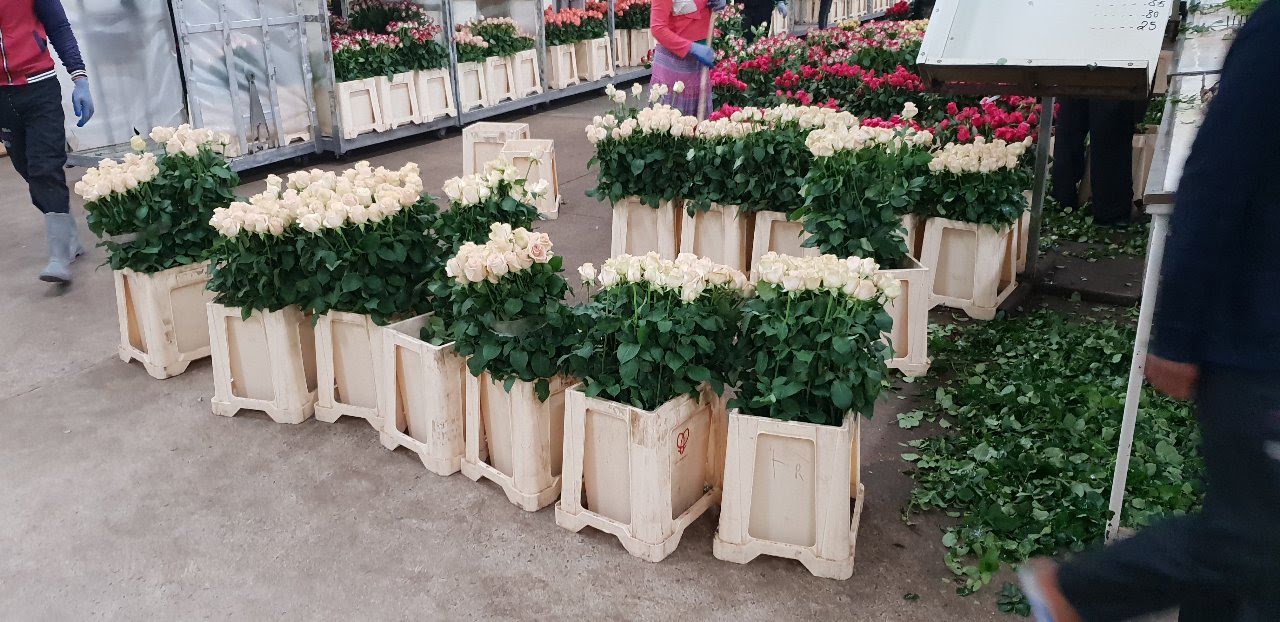Irrigation supply and Maintenance
What is an Irrigation supply?
Irrigation supply refers to the system and components used to deliver water to crops or plants in a controlled and efficient manner. It includes everything from water sources to pipes, pumps, and distribution equipment.
Components of Irrigation Supply
1. Water Source
Wells, rivers, reservoirs, lakes, or municipal water
2. Pumps
Electric or diesel pumps used to lift and pressurize water
3. Pipes and Tubing
Main lines, sub-mains, and lateral lines to distribute water
4. Valves and Fittings
Control water flow and direction
5. Emitters/Sprinklers/Drip Lines
Deliver water directly to soil or plant roots
6. Filtration Units
Wells, rivers, reservoirs, lakes, or municipal water
7. Automation Components (optional)
Timers, sensors, moisture meters, IoT systems
Hitech computerized Irrigation systems for green house projects
Irrigation Maintenance
Irrigation maintenance involves regular inspection, cleaning, repair, and optimization of the irrigation system to ensure efficient water use, prevent breakdowns, and support healthy crop growth.
|
Task
|
Description
|
|---|---|
|
1. System Checks
|
Inspect pipes, valves, and emitters for leaks or blockages
|
|
2. Filter Cleaning
|
Regular cleaning or replacement of filters to ensure water quality
|
|
3. Pump Maintenance
|
Check pressure, performance, and wear-and-tear on motors and impellers
|
|
4. Water Testing
|
Monitor pH, EC (electrical conductivity), and contaminants in water
|
|
5. Timer/Controller Calibration
|
Adjust based on crop stage, season, or soil moisture
|
|
6. Uniformity Check
|
Ensure all plants receive the right amount of water (no dry or overwatered spots)
|
|
7. Winterization (if needed)
|
Drain and protect the system in cold climates to avoid freeze damage
|
✅ Why Is It Important?
For Farmers and Growers:
- Prevents water waste and reduces costs
- Maintains crop health and yield
- Extends system lifespan
- Avoids unexpected failures during critical growth stages
